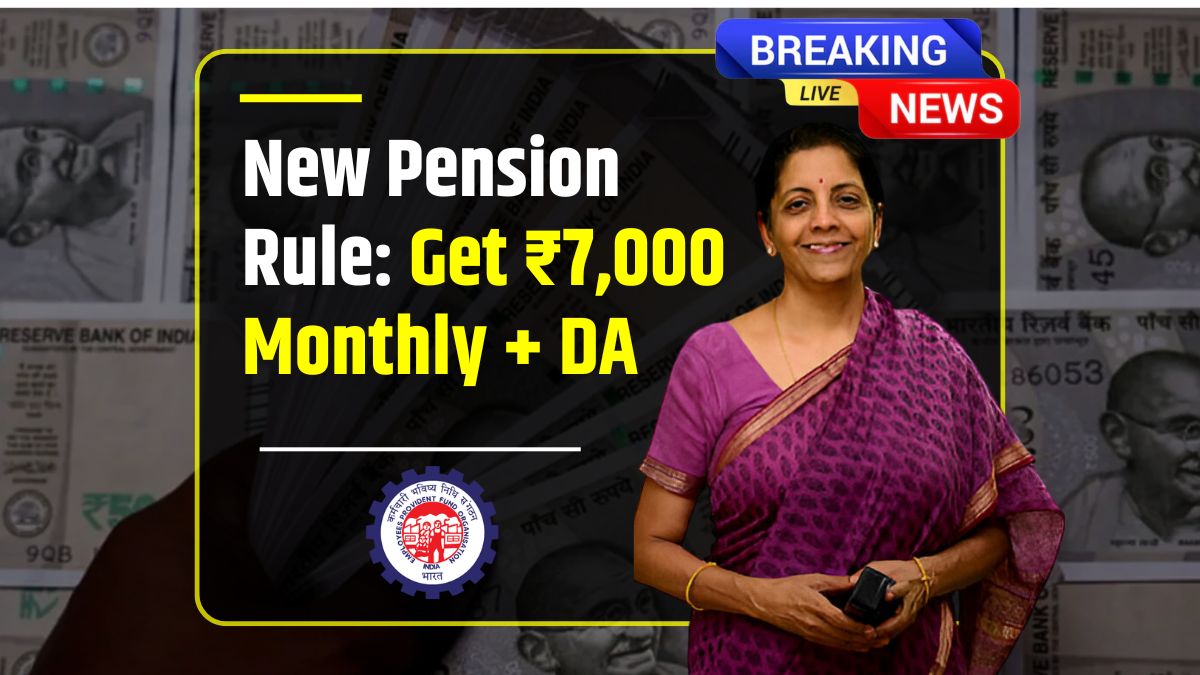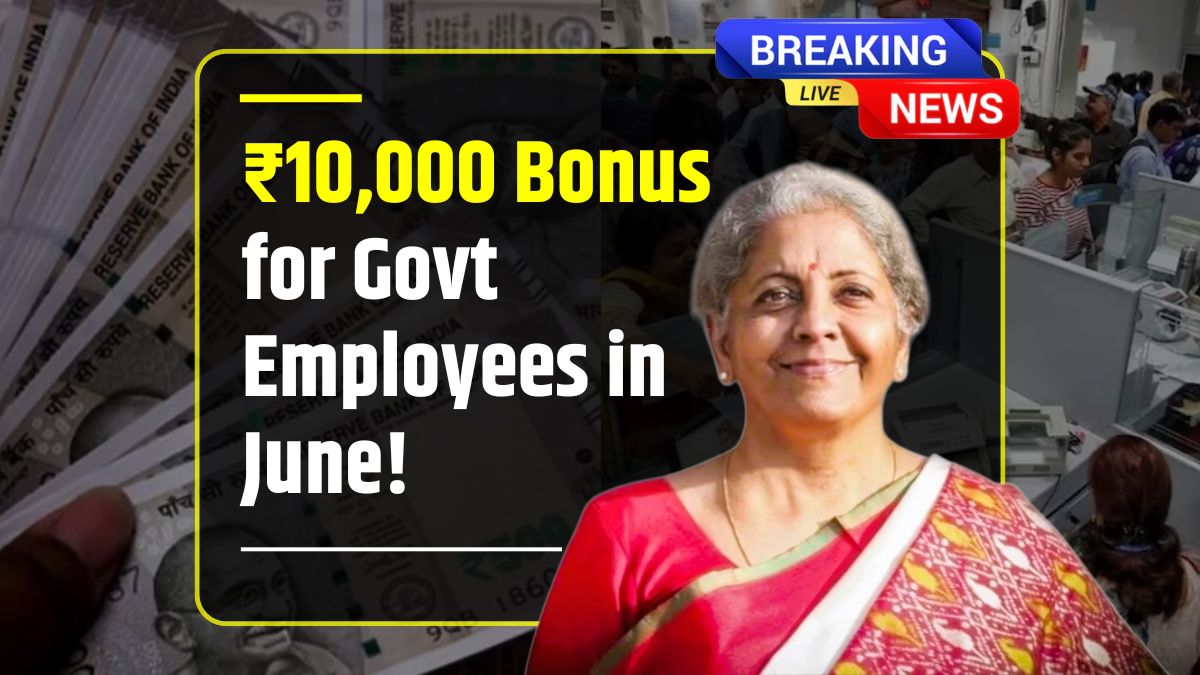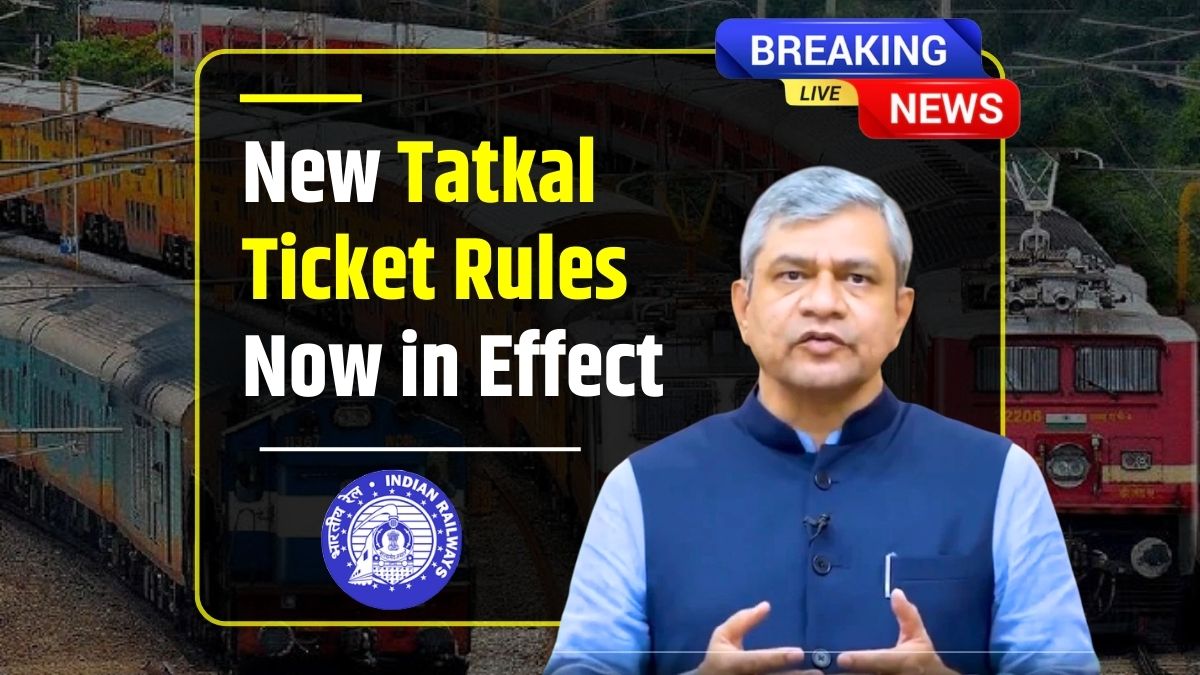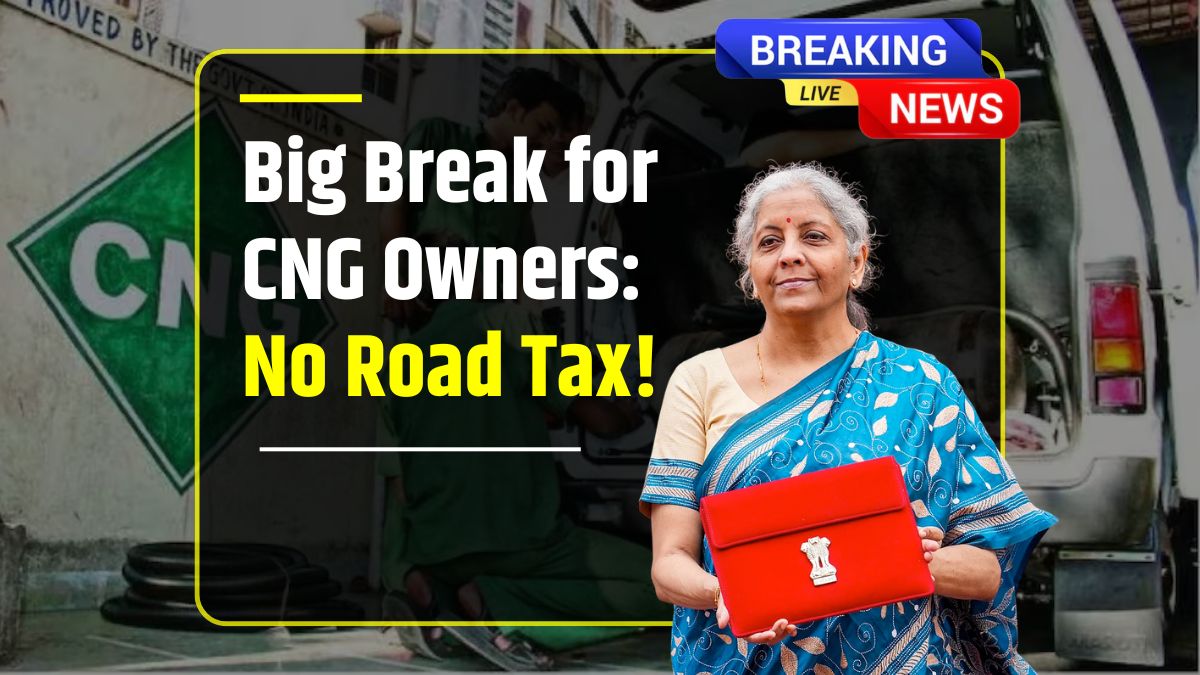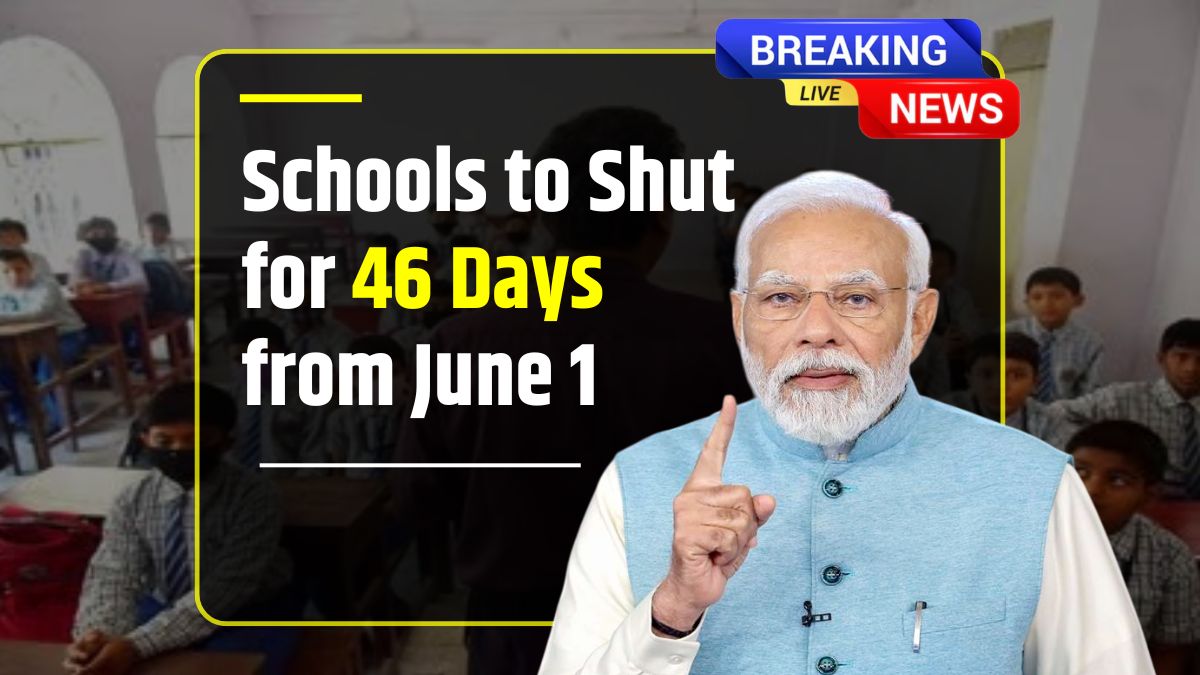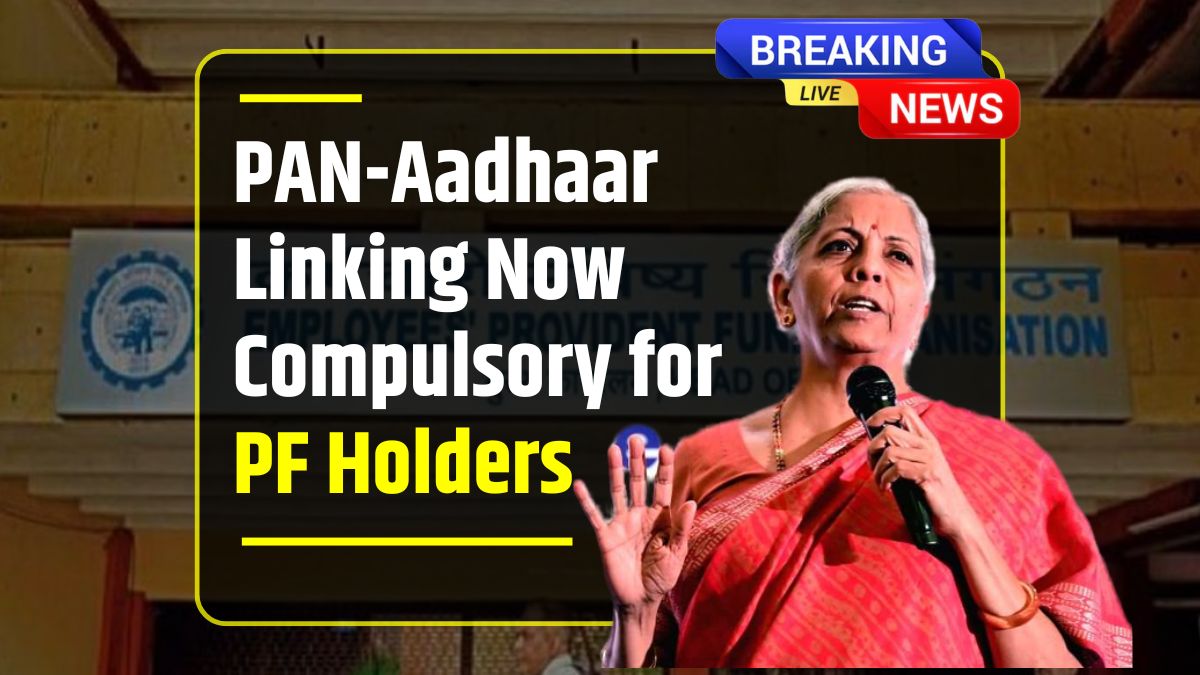New Pension Rule 2025 – The government just dropped a major update that’s going to affect millions of pensioners across the country. From 2025 onwards, only specific people will get the ₹7,000 monthly pension along with DA (Dearness Allowance) benefits. If you or someone in your family relies on a government pension, it’s time to check the fine print.
Let’s break down exactly what’s changing, who qualifies, and what this means for your retirement income.
Who Will Receive the ₹7,000 Pension Plus DA Benefit?
The government has now made it crystal clear: not everyone is going to receive the enhanced ₹7,000 pension. Only people from certain categories are eligible. The idea is to make sure the truly needy—especially those with no other income—get the support they need.
Here’s who makes the cut:
- Retired government workers from the unorganized sector
- Senior citizens who don’t have any regular source of income
- People registered under social welfare schemes
- Persons with disabilities who meet eligibility requirements
- Widows from economically weaker backgrounds
- Registered small-scale farmers and daily wage earners
- Citizens over 65 years old living below the poverty line
If you fall under one or more of these groups, good news—this new scheme could apply to you.
New Eligibility Rules: What’s Changed?
Previously, the pension criteria were broader. Now, the government has narrowed things down with stricter conditions. To qualify, you must not be receiving any other pension from either the central or state government. Also, your family’s total yearly income has to be less than ₹1.5 lakh. Plus, you’ll need to prove you live in India and have valid documentation.
People who don’t have children or other family support will be given priority. Also, registering through the government’s official pension portal is now mandatory. No registration, no pension—it’s as simple as that.
New Pension Amount and DA Benefits Explained
The headline number is ₹7,000 per month. But on top of that, eligible pensioners will get DA benefits that are linked to inflation, meaning payments will increase in sync with the cost of living. DA will be revised every six months—once in January and again in July—based on the Consumer Price Index (CPI). Pensioners can get up to an 8% hike annually, depending on inflation rates.
There’s also a medical allowance of ₹500 per month for qualifying pensioners. That’s a nice little bonus for those with health needs.
Old vs. New Pension Rules – What’s Different?
Here’s a quick side-by-side comparison of how things used to be and what’s changing now:
| Aspect | Old Pension Scheme | New Pension Scheme (2025 Update) |
|---|---|---|
| Monthly Pension Amount | ₹3,500 to ₹5,000 | ₹7,000 |
| DA Benefit | Fixed rate | Linked to inflation (revised twice a year) |
| Eligibility Criteria | Broader and inclusive | Targeted with strict income limit |
| Income Limit for Eligibility | Not specified | ₹1.5 lakh per year |
| Medical Allowance | Not available | ₹500 per month |
| Widow and Disability Support | Limited | Strong emphasis |
| Registration Requirement | Optional | Mandatory online registration |
How to Apply for the ₹7,000 Pension and DA Benefit
Getting started is pretty simple, but you’ll need access to the internet and some documents handy. First, head over to the official government pension portal. Fill out the online application form with your personal and income details, then upload documents like your Aadhaar card, income certificate, and disability or widow certificate if needed.
Once you submit the form, keep a copy of the acknowledgment number. The local authorities will verify your details, and if you’re approved, you can expect to start receiving the pension within 60 days.
Here’s what you’ll need to apply:
- Aadhaar Card
- Income Certificate
- Proof of Residence
- Bank Account Details
- Disability or Widow Certificate (if applicable)
How This Policy Could Affect You (or Your Family)
On the positive side, this new policy will give more focused support to the people who need it most. Senior citizens without income, widows, and disabled persons will benefit the most from this move. Plus, linking the DA to inflation means the amount you get won’t lose value over time.
That said, not everyone is happy. Many pensioners who used to qualify under the older, looser rules will now be excluded. The new system also demands digital literacy and proper documentation—something that’s not always easy for the elderly or rural residents.
Who’s Not Getting It Anymore?
With these changes, a lot of previously eligible people may now find themselves out of the loop. For example, if you’re already getting a pension from a government scheme, or if your family earns more than ₹1.5 lakh per year, you’re not eligible. Same goes for private pensioners and NRIs.
Here’s a quick eligibility breakdown:
| Group | Eligible? |
|---|---|
| Senior Citizens Below Poverty Line | Yes |
| Private Sector Pensioners | No |
| Middle-Class Retirees | No |
| Widows from Economically Weaker Sections | Yes |
| Disabled Individuals with No Other Support | Yes |
| NRIs or Overseas Residents | No |
| Pensioners with Multiple Government Pensions | No |
What’s Next? Will the Pension Amount Increase?
There’s talk that the ₹7,000 figure may not stay fixed for long. If inflation keeps rising, experts believe the government might revise the amount again in the next 2–3 years. There are also hints that future pension reforms could include things like housing support, better healthcare coverage, and real-time pension tracking using digital tools.
Final Thoughts
The new pension policy is a major shift. It’s designed to ensure that support reaches the people who need it most—but it also leaves out a big chunk of the retired population. If you or your family members fall into one of the eligible groups, make sure to apply online, submit all necessary documents, and track your application. The sooner you act, the sooner you can secure your monthly benefits.
Disclaimer:
The information in this article is based on official government announcements as of May 2025. Policies, eligibility conditions, and benefits are subject to change. Applicants should always verify details on the official pension portal or government notifications before applying. Neither the publisher nor the author is liable for any decisions made based on this content.
